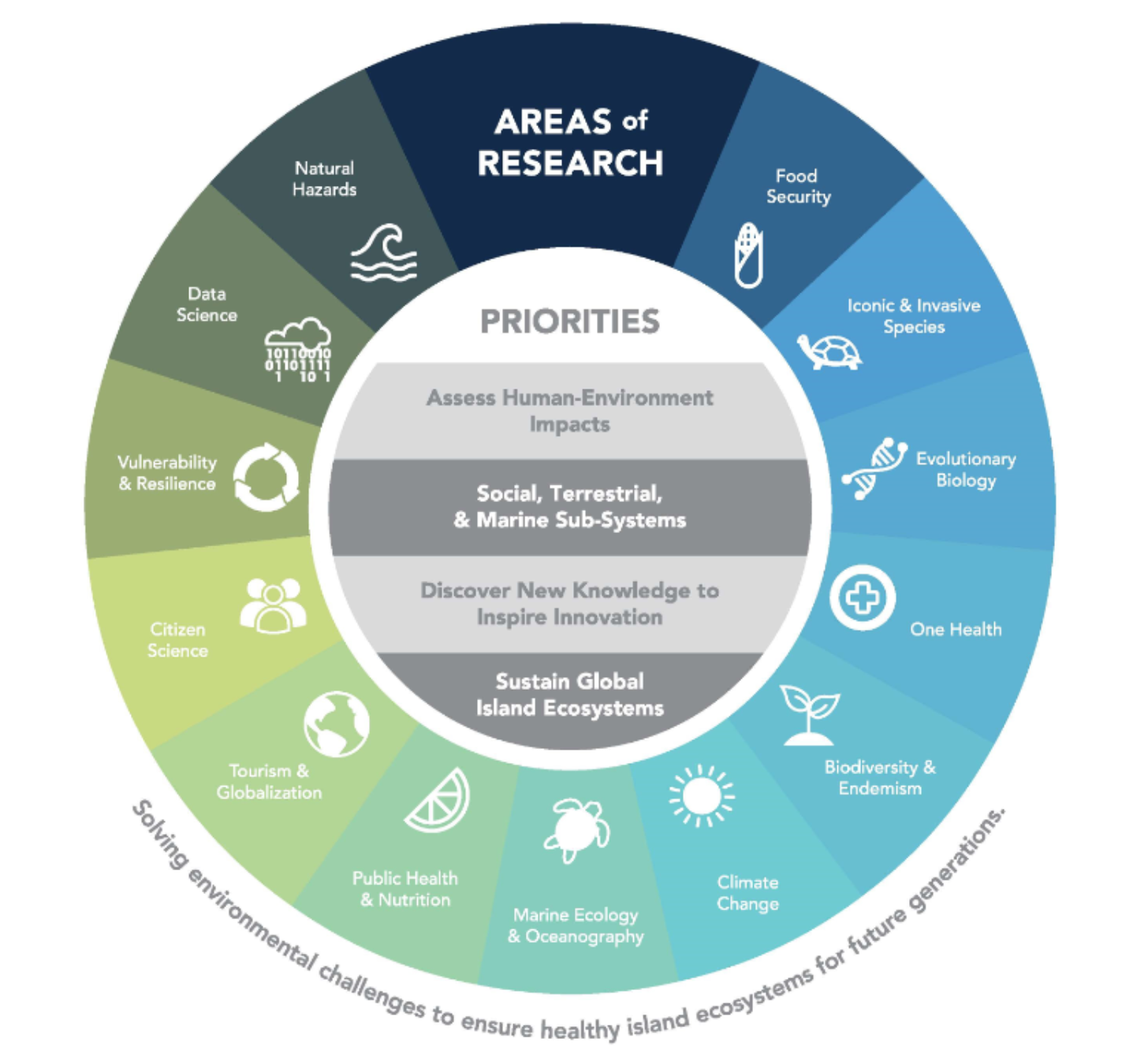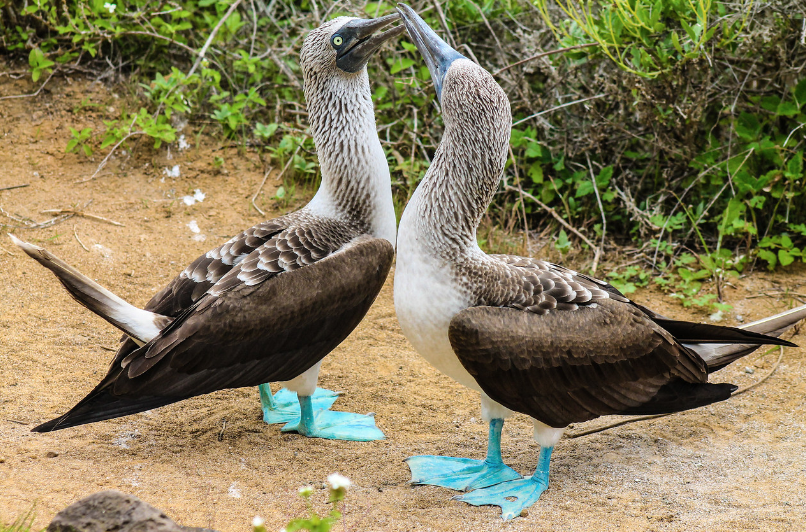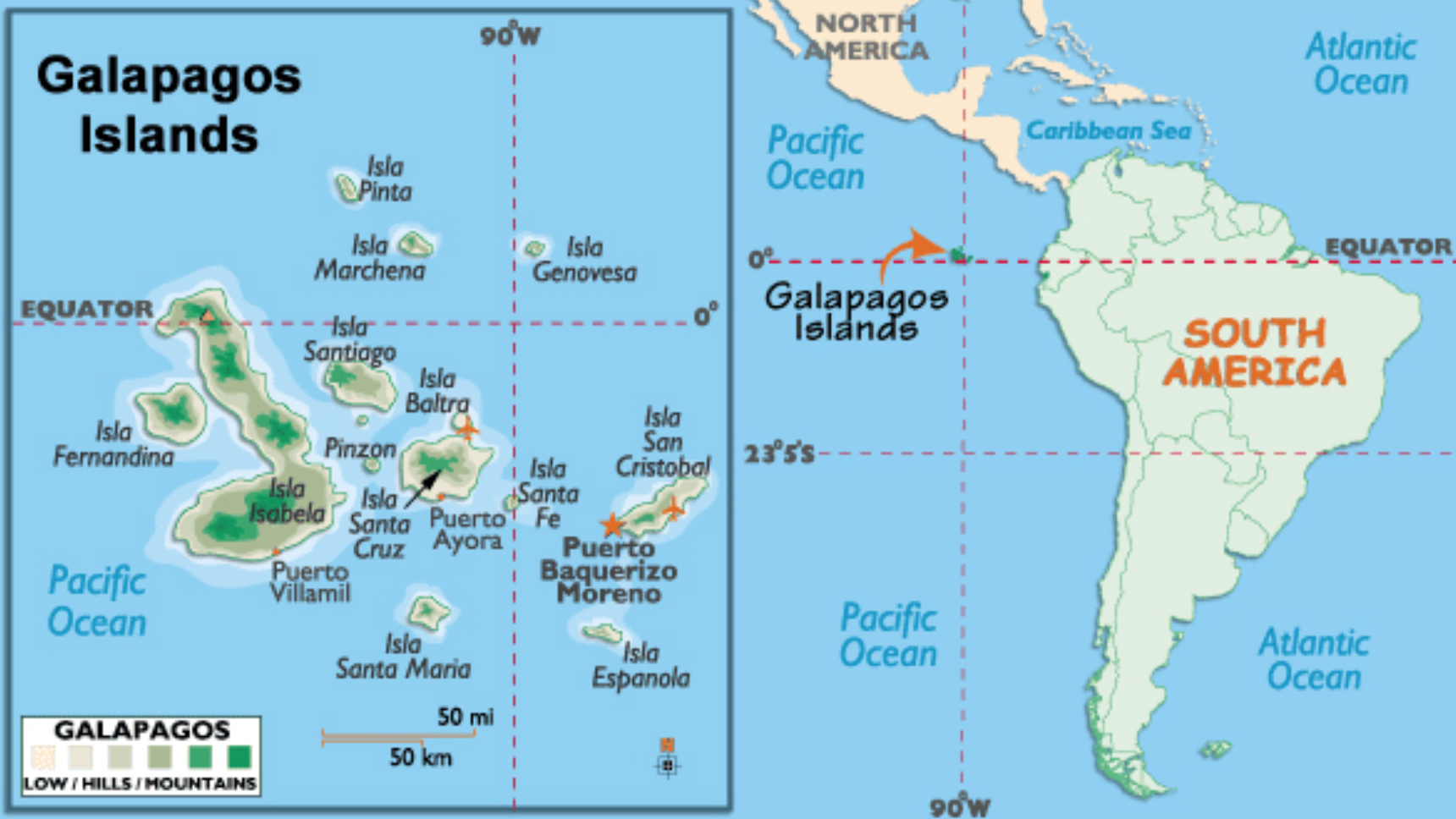Overview
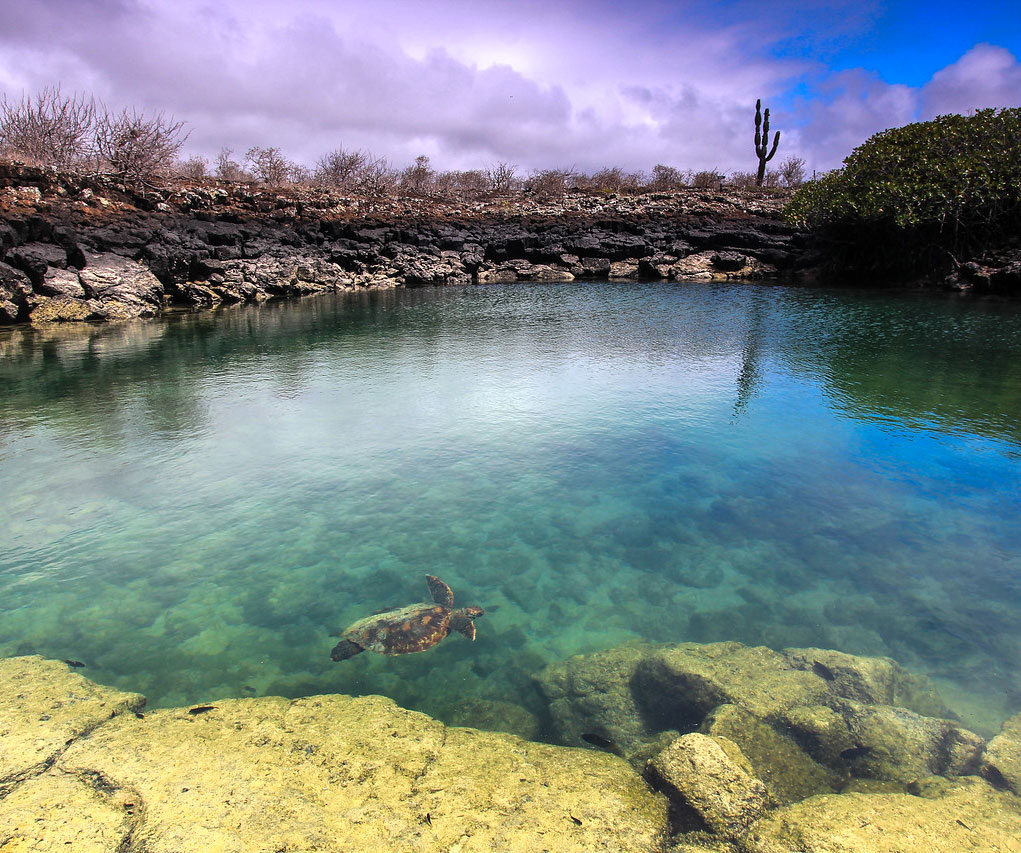
World Summit on Island Sustainability
In 2022, the Galapagos Science Center (GSC) and the broader UNC & USFQ Galapagos Initiative celebrated its 10th Anniversary. The GSC hosted the World Summit on Island Sustainability on June 26–30, 2022 at the Galapagos Science Center and the Community Convention Center on San Cristobal Island.
Galapagos Science Center
In 2011, strategic partners UNC-Chapel Hill (UNC) and the Universidad San Francisco de Quito (USFQ) dedicated the Galapagos Science Center on San Cristobal Island, a facility of 20,000 square feet that contains four laboratories – Microbiology & Genetics, Terrestrial Ecology, Marine Ecology, and Visualization and Data Science Laboratory – that are supported by a staff of 15 professionals and over 100 collaborative scientists from UNC, USFQ, and global institutions.
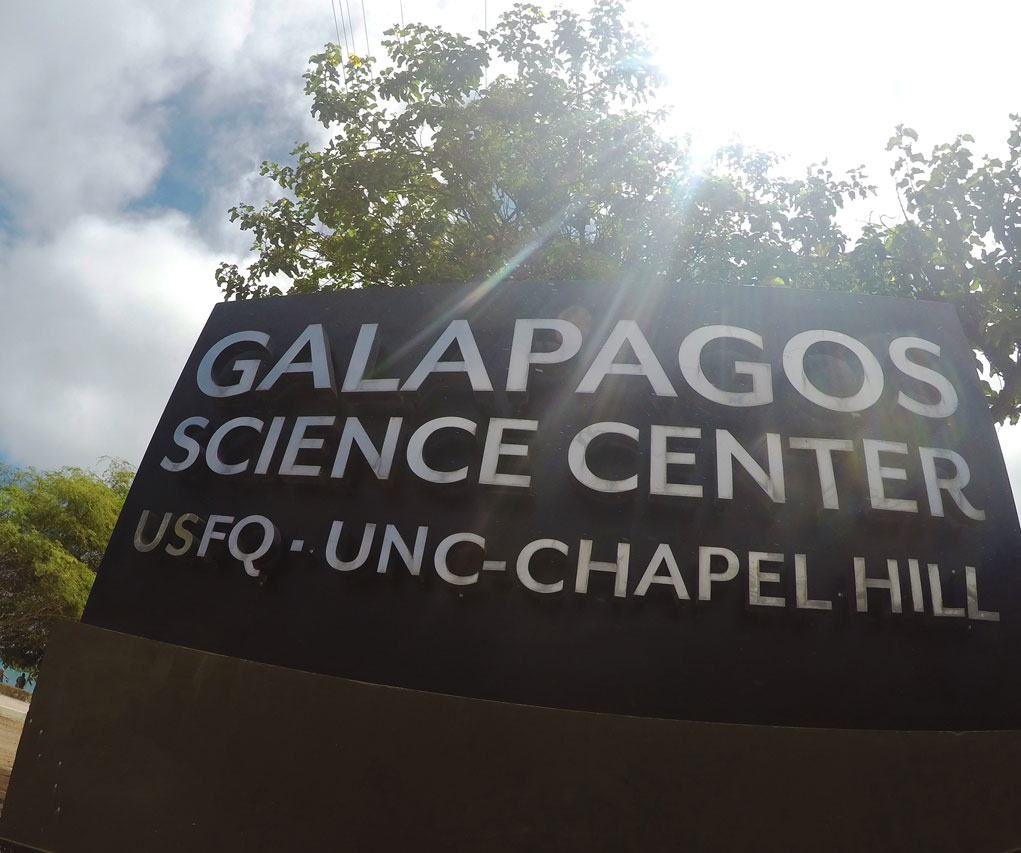
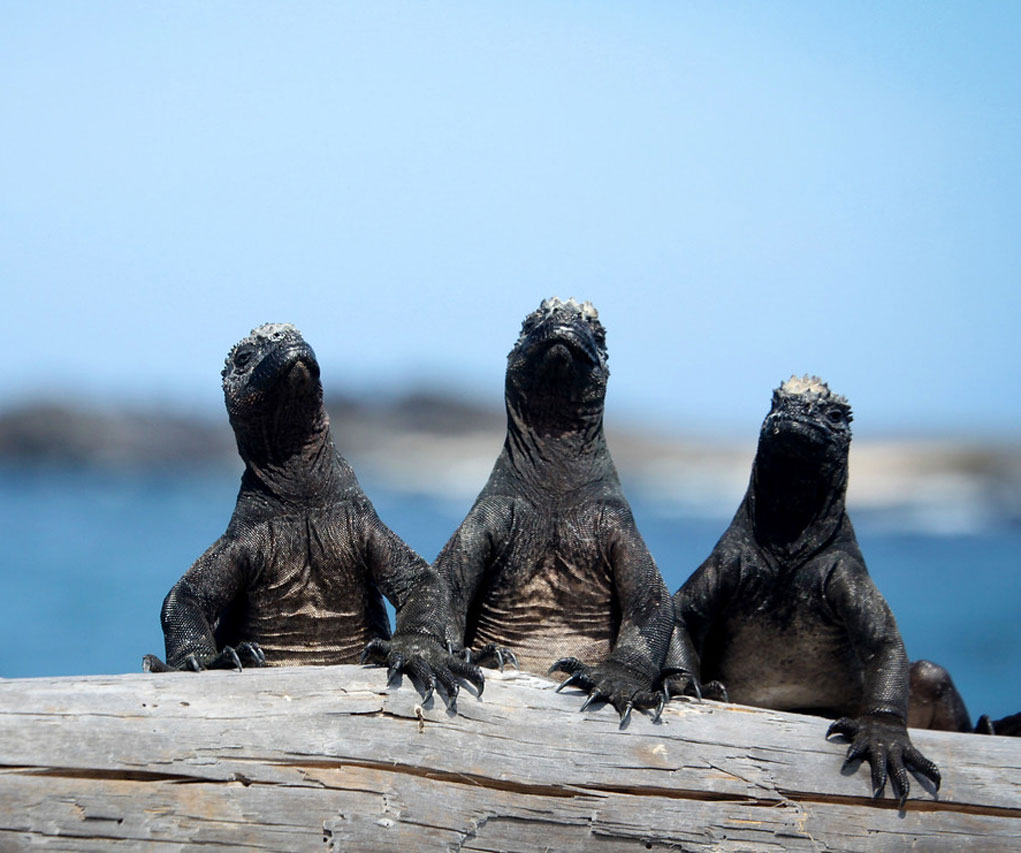
Galapagos Islands
The Galapagos Islands are an oceanic, island archipelago comprised of 11 large islands and hundreds of small islands and islets located in the Eastern Pacific Ocean approximately 1,000-km off the coast of the Ecuadorian mainland. Bifurcated by the equator, the Galapagos Islands’ geographic position has created unique marine and terrestrial environments that welcome warm and cold-water species, native and endemic flora and fauna, and stunning volcanic landscapes.



